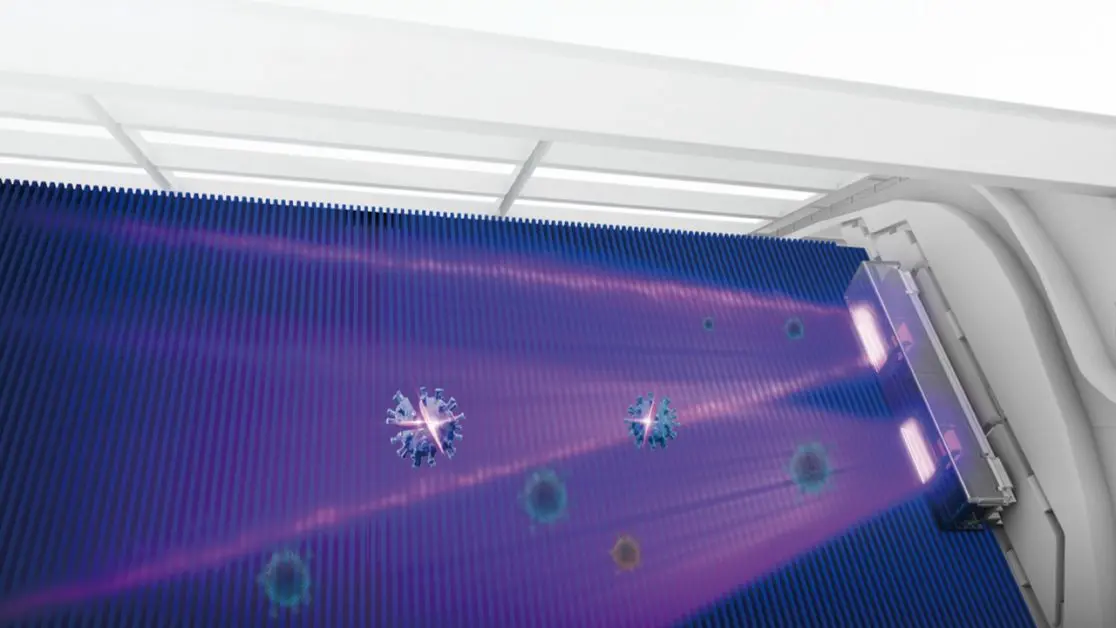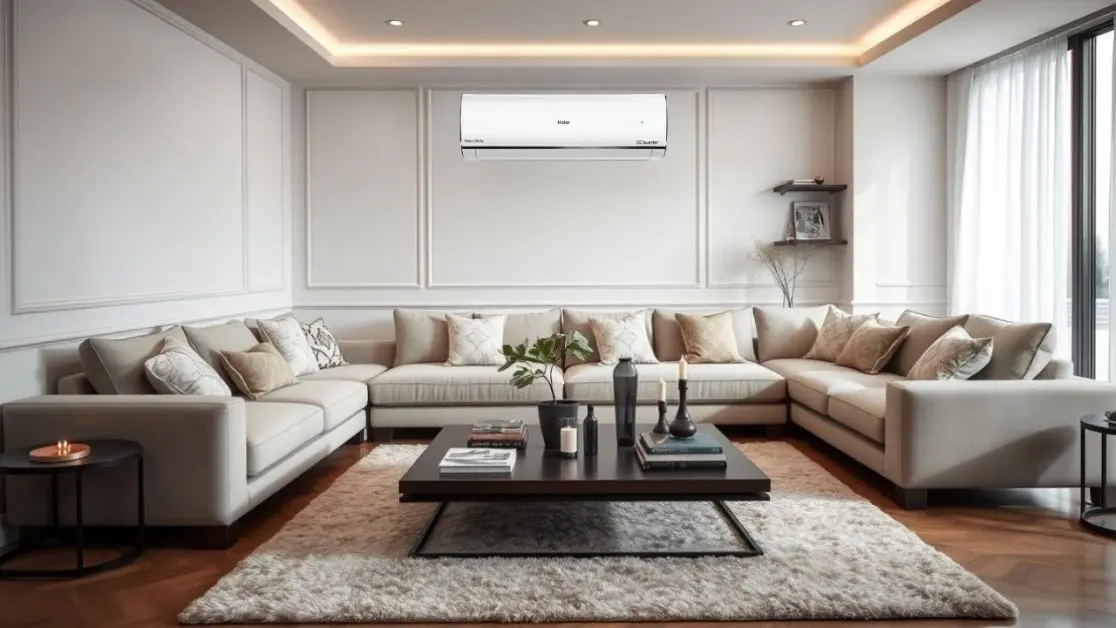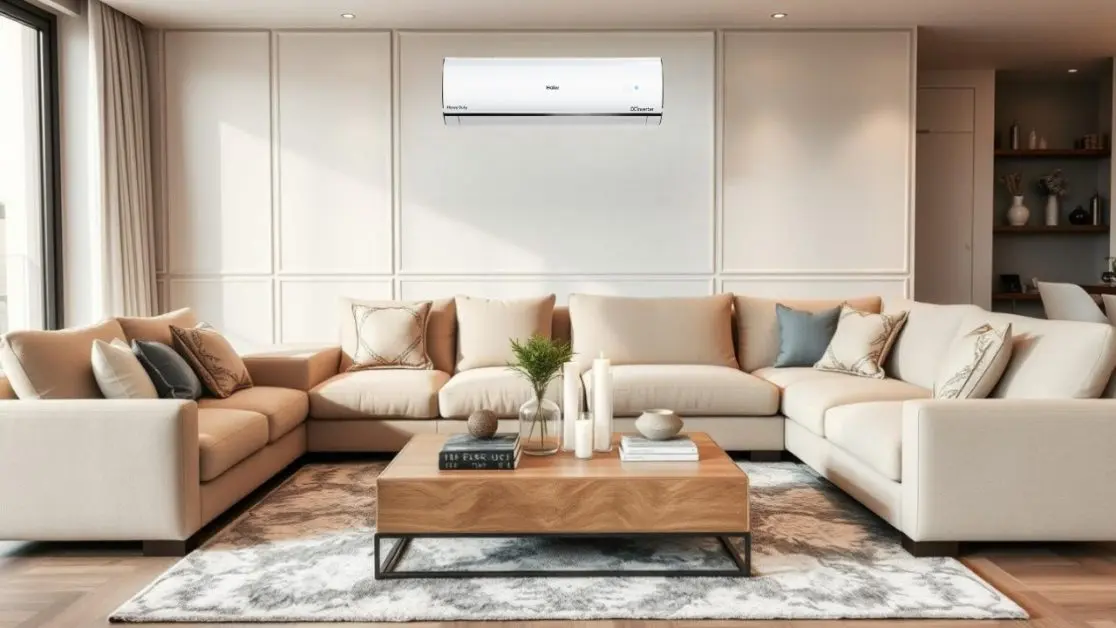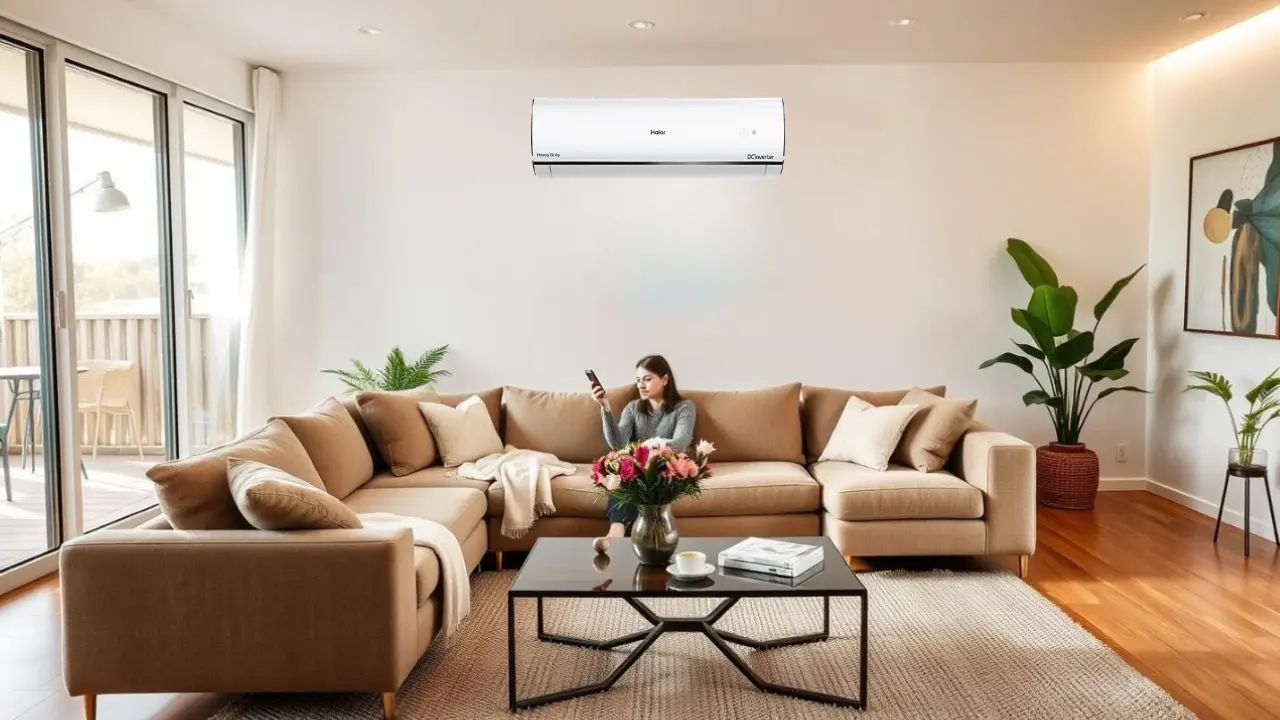Hey there! We’re all looking for ways to breathe easier, right? Especially when it comes to the air inside our homes and offices. Modern air conditioners are stepping up their game, with features like enhanced filtration and even UV light technology.
You’ve probably heard about UV filters in ACs and how they claim to zap bacteria and other nasties. Sounds pretty impressive, but does it actually live up to the hype?
It’s a valid question, considering how much we rely on our ACs for comfort and, increasingly, for better indoor air quality.
So, let’s dive into the science behind these UV filters. We’ll explore how they work, what kind of microorganisms they target, and whether they truly offer a significant boost in protecting us from bacterial contamination.
Ultimately, we want to figure out if this innovation is a worthwhile investment for a healthier living space. Let’s get started!
How Do UV Filters in ACs Work?

Air conditioners with UV (ultraviolet) filters eliminate microorganisms by damaging their DNA and RNA through UV-C wavelength light exposure. UV germicidal irradiation (UVGI) utilizes UV light to stop microbial reproduction, rendering microorganisms inactive.
The Science Behind UV-C Light
The short wavelength of UV-C light (100-280 nm) effectively destroys microbial DNA.
Prolonged UV-C light radiation disrupts microbial components until microorganisms become incapable of surviving and reproducing.
The application of UV-C technology is widely used in hospitals, water purification systems, and laboratory environments for sterilization purposes.
UV filtration acts as a bacterial elimination method within air conditioners.
The sterilization capability of UV filters depends on multiple factors that affect their efficiency when used in air conditioning units.
Factors Affecting the Efficiency of UV Filtration in ACs

1. Airflow Speed
The fast movement of air inside ACs shortens the amount of time bacteria and viruses remain in contact with UV light.
The shorter the exposure, the lower the sterilization effect.
2. Placement of the UV Light
Placing the UV filter near the evaporator coil helps prevent mold and bacterial growth in the AC system.
When located within the ventilation system, the sterilization strength relies on both exposure duration and illumination strength.
3. Maintenance & Cleanliness
The filtering performance of UV light degrades due to dust and dirt accumulation on the filter surface.
Regular cleaning ensures optimal performance.
Additional Filtration Technologies in Modern ACs
Modern air conditioners improve indoor air quality through UV filters combined with additional purification technologies.
| Technology | Function |
| HEPA Filters | Capture air particles and prevent dust and allergen entry. |
| Activated Carbon Filters | Absorb odors and harmful gases. |
| Ionizers | Produce negative ions to remove airborne pollutants. |
| Anti-Bacterial Coatings | Prevent microbial growth inside system components. |
Benefits of UV Filters in Air Conditioners
The antimicrobial properties of UV light protect the internal parts of air conditioners from dangerous mold and bacterial growth.
- Improved Indoor Air Quality – Reduces airborne pathogens for a healthier environment.
- Odor Elimination – Neutralizes bacteria that cause unpleasant smells.
- Enhanced System Efficiency – Helps maintain the cleanliness of internal components, extending the operational lifespan of the system.
Limitations of UV Filters in ACs
- UV filters reduce microbial presence in air systems but do not completely eliminate airborne bacteria in a single pass.
- Continuous UV filter usage increases electricity consumption.
- UV-enabled air conditioners typically have a higher initial purchase cost compared to basic models.
Is a UV Filter Alone Enough?
UV filtration is beneficial for air purification, but it does not provide complete air sterilization on its own. Combining it with other air purification methods such as HEPA filters, activated carbon, and anti-bacterial coatings enhances overall effectiveness.
Key Considerations When Choosing a UV Filter-Equipped Air Conditioner

Beginners should evaluate two essential aspects when buying air conditioners featuring UV filtration technology:
- Sterilization Efficiency – The effectiveness of UV filtration increases with higher UV-C intensity and prolonged exposure time.
- Multi-Layer Filtration – Air purification improves when multiple filtration layers are integrated into a single system.
- Energy Efficiency – Opt for an AC with inverter technology to reduce power consumption.
- Ease of Maintenance – Choose an air conditioner with easily maintainable filters and UV components.
Conclusion
Households can enhance indoor air quality and reduce bacterial contamination with UV-filtered air conditioning systems. The success of UV filters depends on proper installation, positioning, and maintenance.
However, for optimal performance, they should be combined with additional purification technologies. Selecting an air conditioner that integrates UV filtration with advanced air purification features ensures clean air and health benefits.
Haier India offers the Advanced Air Purification system as a modern air filtration solution for customers. Users seeking state-of-the-art cooling and efficient air filtration can opt for Haier India air conditioners featuring advanced UV-C sterilization. Choose an AC that delivers both comfort and cleanliness to create a healthier indoor space.

